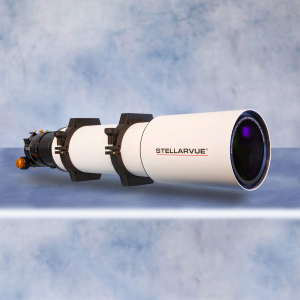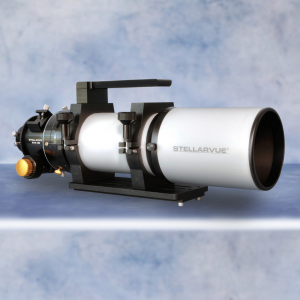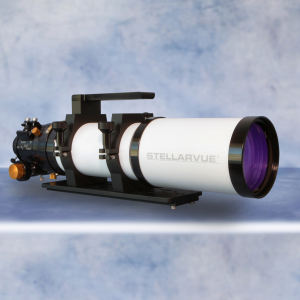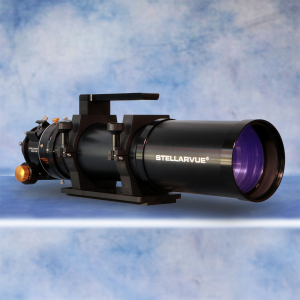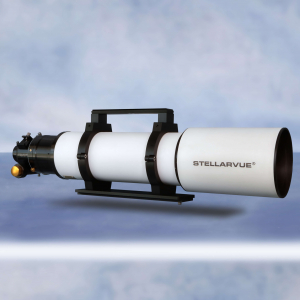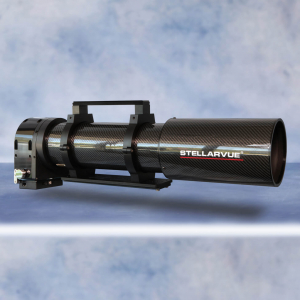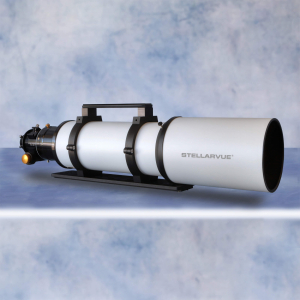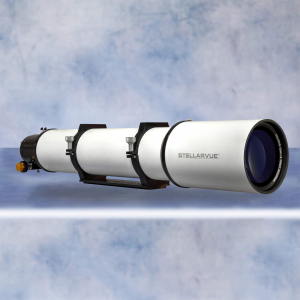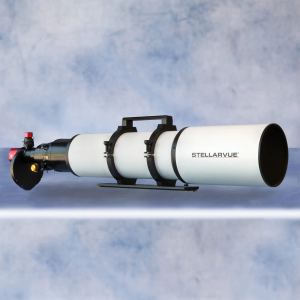NGC 6888 - Jeremy Parker
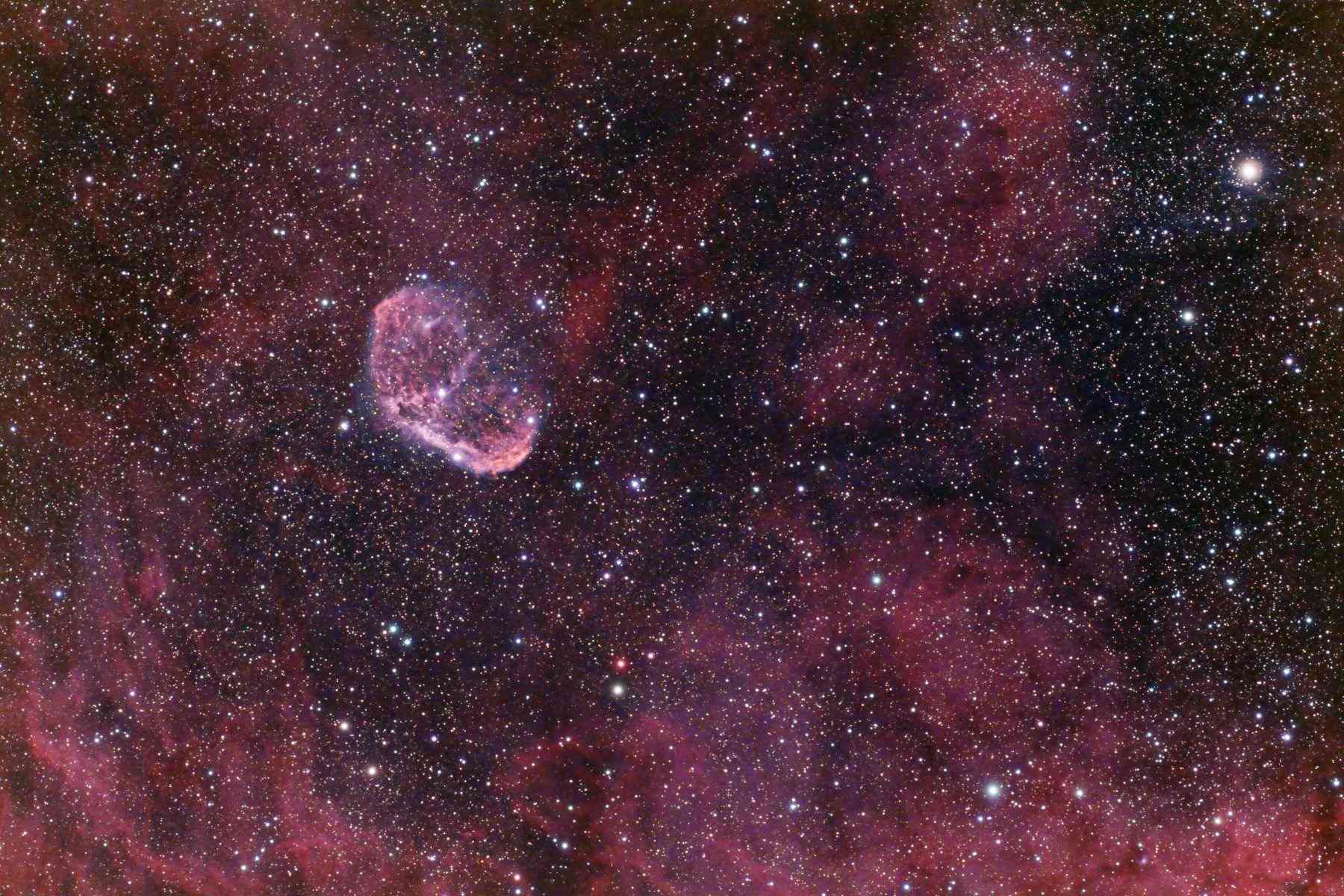

This week’s StellarShot by Jeremy Parker proves you can create extremely high quality images with a DSLR camera. To “Own the Night” Jeremy used his SVX102T and a Moonlite Nightcrawler WR30. We are thankful and proud to share this stellar image with the Stellarvue family. Jeremy wrote the following:
“I initially took 8 hours worth of exposures from my patio with the DGM filter, which is a Red-zone on the DarkSiteFinder light pollution map. Then I had about 4 hours worth of integration time at darker location (yellow on the map). I processed both sets of data separately and found the Optolong and darker skies to produce much more of the diffuse Ha nebulosity, while the DGM data showed more of the blue/cyan OIII data around the nebula itself. The DGM data also had halos around the brighter stars, so I ended up using only the blue channel of the DGM filter data when combining the final image, dodging the contribution of the DGM on the brighter stars. So it's not perfect and a bit of a mash up, but a work in progress!”
Details:
Telescope: SVX102T w/ Moonlite Nightcrawler WR30
Camera: Nikon D5300 (Ha modified)
Reducer or Flattener: SFF3-25-48 flattener
Mount: Explore Scientific PMC-Eight G11 w/ O-vision worm on RA, spring-loaded Losmandy OPWB on DEC
Software: SGP, PHD2, CdC, POTH, DSS, Photoshop
Exposure times: ~4 hours (5 minute subs, ISO3200) on Optolong L-Enhance from Yellow-zone, ~8 hours (5 minute subs, ISO1600) on DGM Optics NPB (used Blue channel only) from Red-zone
Filters: Optolong L-Enhance, DGM Optics NPB
NGC6888 image copyright Jeremy Parker

